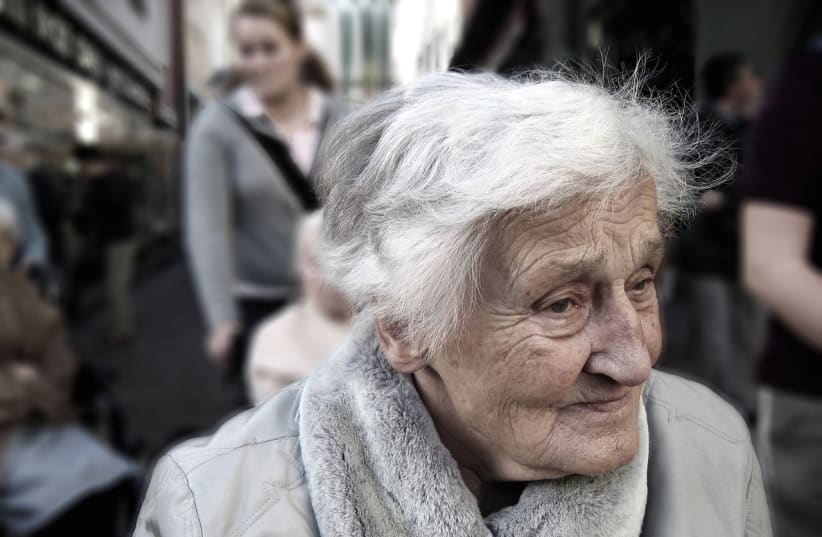Scientists are one step closer to understanding the components of aging, according to a new study published last Thursday.
While many things can affect our lifespan, scientists still don't understand the underlying processes that power aging. Humans measure age by counting how many years we have been alive yet human cells are unaware of chronological time. The study, published in the peer-reviewed journal PLOS Computational Biology, attempted to change that.
Therefore, scientists have searched to create methods to measure the “biological age” of human cells, which can be far different from a human’s chronological age. These methods would allow individuals to track their biological age and in turn, live longer and improve their quality of life. Furthermore, medicines could be designed to start treating aging itself. Creations of such biomarkers of aging could completely change how medicine is practiced.
However, as scientists are still unaware of what causes aging, they are unable to measure biological age and create an accurate test for it. In order to discover the cause of aging, researchers would need to watch biomarkers throughout a patient's lifetime which is impractical given the life expectancy of humans.
How did the scientists understand the components of aging?

In order to understand the components of aging, a team led by Dr. Nicholas Stroustrup, Group Leader at the CRG’s Systems Biology research program, turned to the laboratory animals known as the nematode C. elegans. These worms only live for two weeks which makes it much easier to collect behavioral and lifespan data.
“By studying the relationship between two outcomes of aging in the same individual, we can learn about the underlying aging processes that cause them,” notes Stroustrup.
“Here, we consider the relationship between death and an outcome often used to quantify health in C. elegans—vigorous movement cessation (VMC) which describes the age-associated loss of an individuals’ ability to move long distances.”
Dr. Nicholas Stroustrup
The researchers of the study developed an automated imaging platform called ‘The Lifespan Machine.’ This device can follow the life and death of tens of thousands of nematodes at the same time. The worms live in a petri dish and are watched by a scanner throughout their entire lifespan. The device gathers data by taking images of the worms once per hour for months.
In order to control the nematodes’ rate of aging, the researchers built a genetic tool that works by tagging RNA polymerase II, the enzyme that makes mRNA, with a small molecule. Each nematode was fed a different amount of auxin, the hormone which controls RNA polymerase II activity. The amount of auxin the worms are fed affects their lifespan.
The team found two partially independent aging processes that take place in nematodes simultaneously. One of these processes determines VMC and the other determines time of death. Both processes follow different trajectories but are still correlated to each other. This means that in nematodes whose VMC occurred at a slower rate, so did time of death, and vice versa.
“We find that individuals who remain vigorous longer subsequently have a shorter remaining lifespan—a pattern that holds even after vigorous movement and lifespan timing are both altered by several different mutations and interventions in aging,” writes Stroustrup. “Modelling our data using a combination of simulation and analytic studies, we demonstrate how the relative timing of vigorous movement cessation and death suggest that these two outcomes are driven by distinct aging processes.”
While humans are more complex than nematodes and are more likely to have a greater number of biological ages, the study challenges the assumption that the underlying biology of aging has changed when one tries to revive a biomarker through interventions like exercise.
“Our model shows that biomarkers can be trivially decoupled from outcomes because they measure an ageing process that is not directly involved in the outcome but simply correlates with it in a system of hierarchical processes,” explains Stroustrup. “In simple terms, just because two parts of an individual tend to correlate in their biological age across individuals, it doesn't mean that one causes the other, or that they are likely to involve shared ageing mechanisms.”
Furthermore, this study calls into question the belief that animals have a single biological age that suggests their health by revealing how multiple independent aging processes can work together to cause different parts of the worm to age at different rates.
“Biomarkers used to assess biological age can be changed without actually turning a ‘fast ager’ into ‘slow ager’,” Stroustrup concludes. “Researchers should focus on measuring the effect of interventions on functional outcomes rather than assuming that changes in biomarkers will predict outcomes in a straightforward way.”
